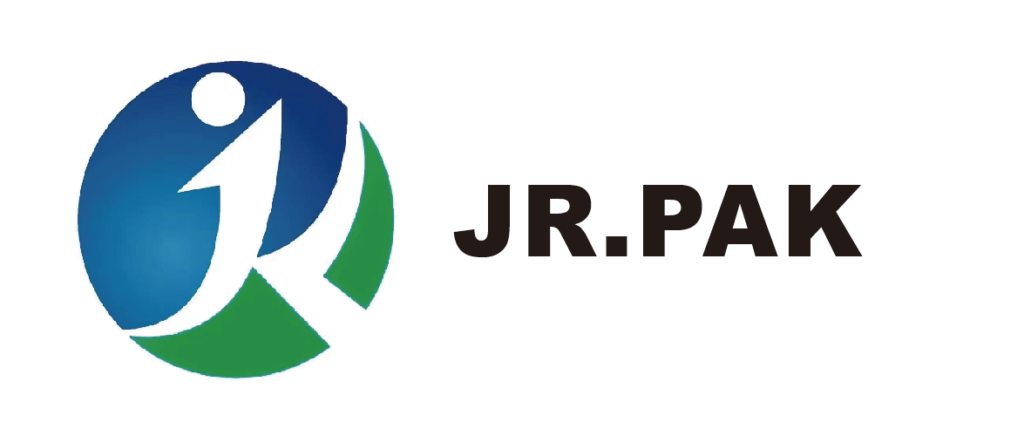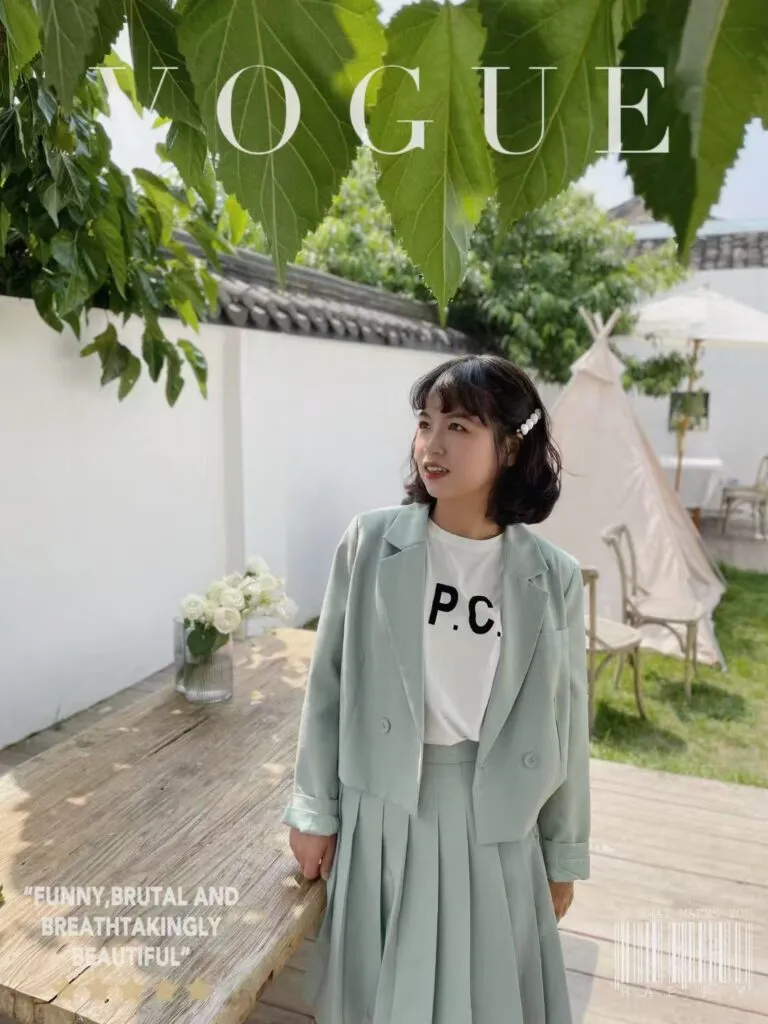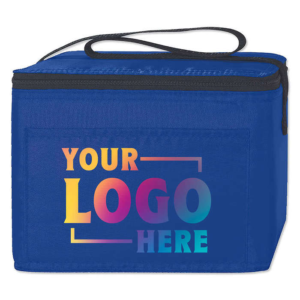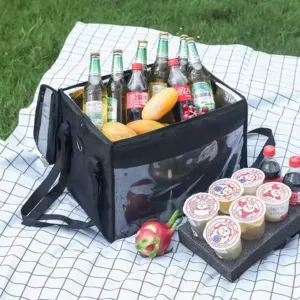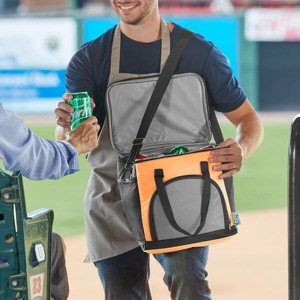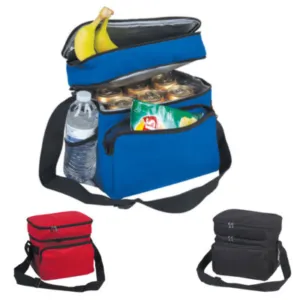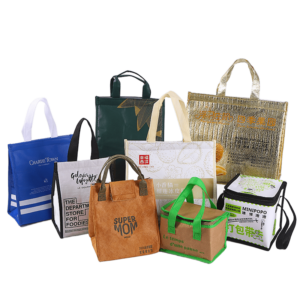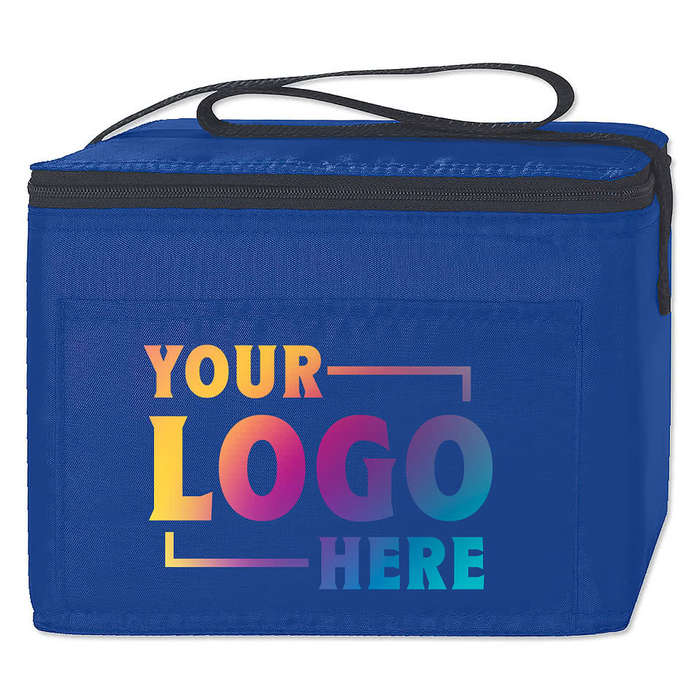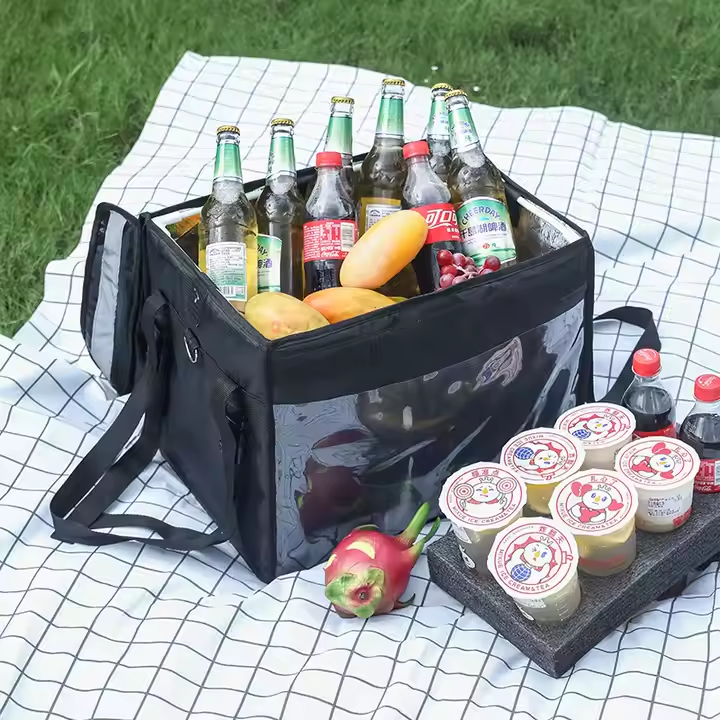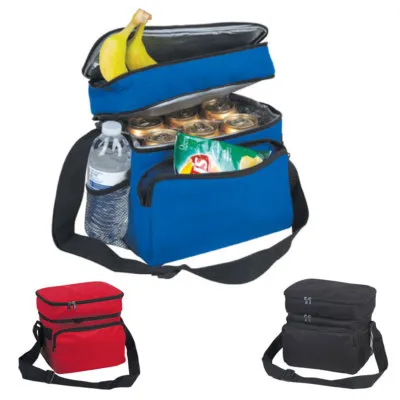This article explores the latest insulation technology1 trends in soft-sided cooler bags2 as of 2025. With consumer demand rising for lightweight, high-performance cooling solutions, manufacturers are pushing the boundaries of materials and design to rival hard coolers.
Insulation Technology Developments in Soft-Sided Cooler Bags

Soft-sided cooler bags now use advanced insulation foams, radiant liners, and rugged designs to achieve ice retention of 72–96 hours, bringing them closer to hard cooler performance.
If you're shopping for high-end soft coolers, these innovations help you pick the right model for your needs.
Advanced Insulation Materials
High-density closed-cell foams and radiant barriers are transforming insulation capabilities.
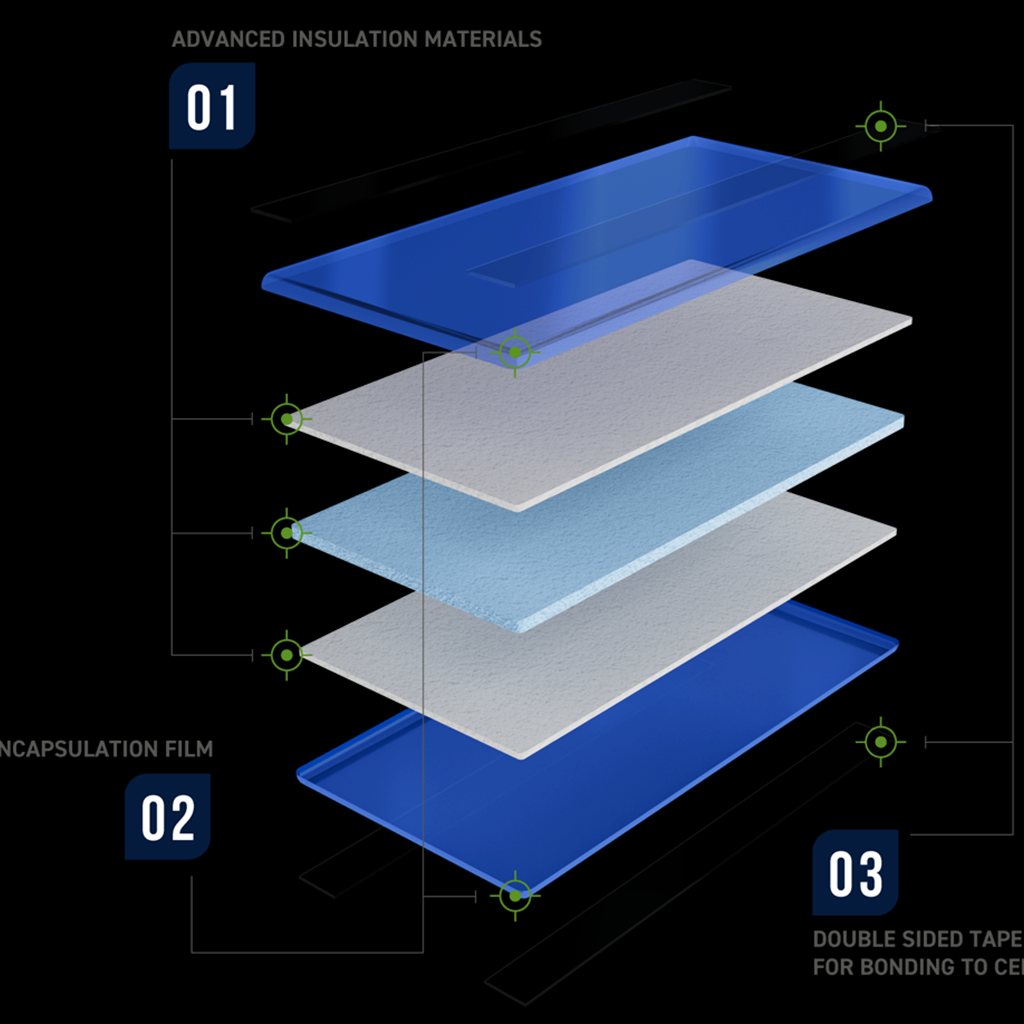
Closed-Cell Foam and Radiant Liners Improve Performance
Soft-sided cooler bags have evolved from simple picnic accessories into precision-designed thermal tools. Most new models now feature closed-cell foam3 insulation—commonly used in hard coolers—which offers higher R-values and better thermal stability.
Key Material Developments
| Material Type | Features | Insulation Value |
|---|---|---|
| Closed-cell foam | Water-resistant, dense, thermal lock-in | Up to R-5/inch |
| Polyurethane foam | Lower density, less efficient | R-2 to R-3 |
| Radiant liner (aluminum) | Reflects thermal radiation | Boosts retention |
| Multi-layered laminate | Combines foil, foam, and liner | Enhanced effect |
The average insulation thickness in newer soft coolers is at least 1 inch. This ensures cold retention above 24 hours, even in hot climates. Brands now combine this with inner reflective liners to block radiant heat.
Improved Ice Retention
Modern soft-sided coolers can retain ice for up to four days, depending on construction and usage.
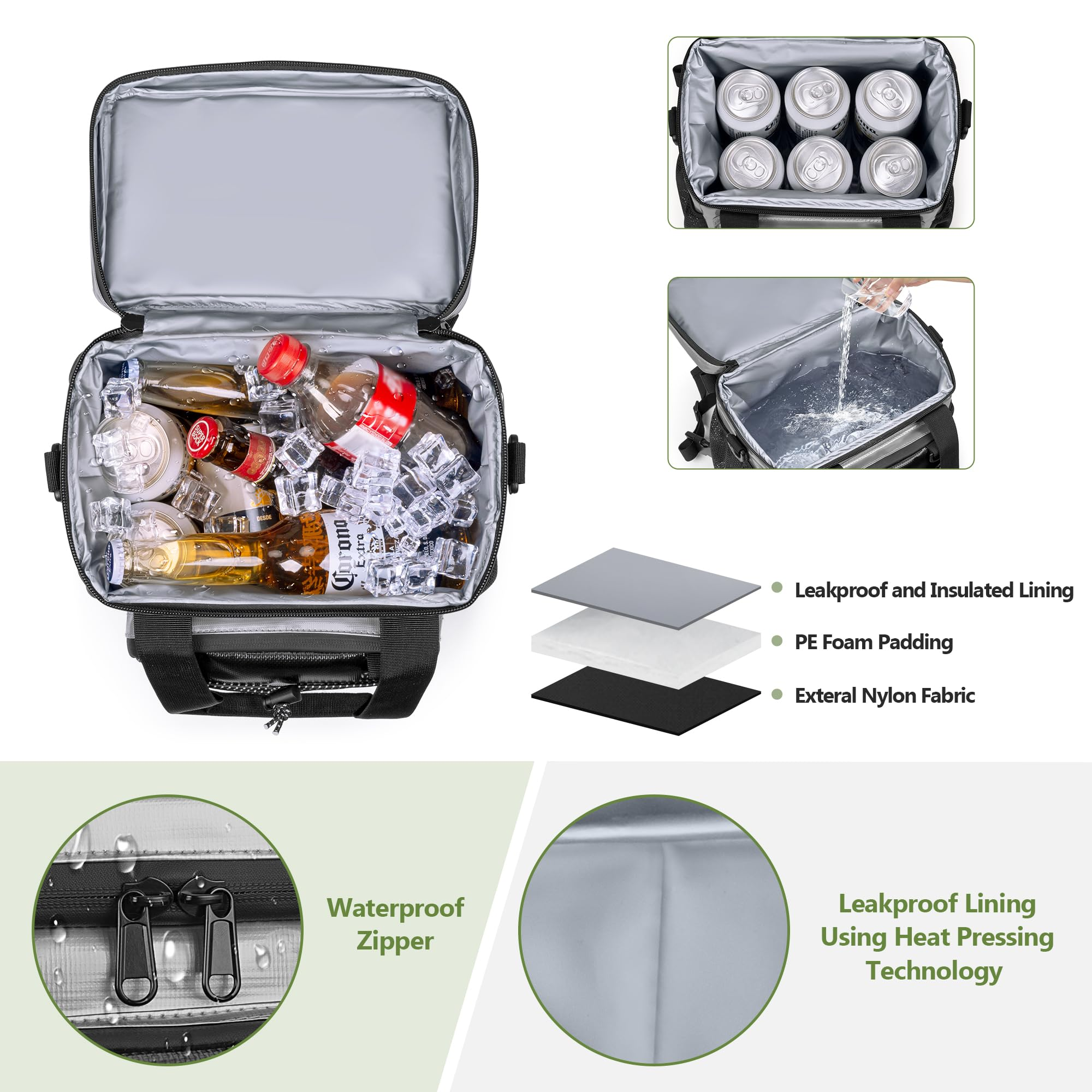
Engineering Focus on Seals and Wall Construction
Improved thermal efficiency isn't only about insulation material. Manufacturers are also redesigning cooler shapes, seal strength, and interior air volume control.
Ice Retention Capabilities
| Model | Ice Retention Time | Volume |
|---|---|---|
| YETI Hopper M15 Tote | Up to 96 hours | 15L |
| RTIC 20 Can Soft Pack | 72–84 hours | 20 cans |
| AO Coolers 24 Pack Canvas | 48–72 hours | 24 cans |
| Engel HD30 | 72–96 hours | 30 cans |
Design factors like airtight zippers, reinforced seams, and foam-to-shell bonding minimize air leakage. This creates a performance level previously associated only with rotomolded coolers.
Durability and Water Resistance
Soft-sided coolers now offer rugged, weatherproof protection for extreme conditions.
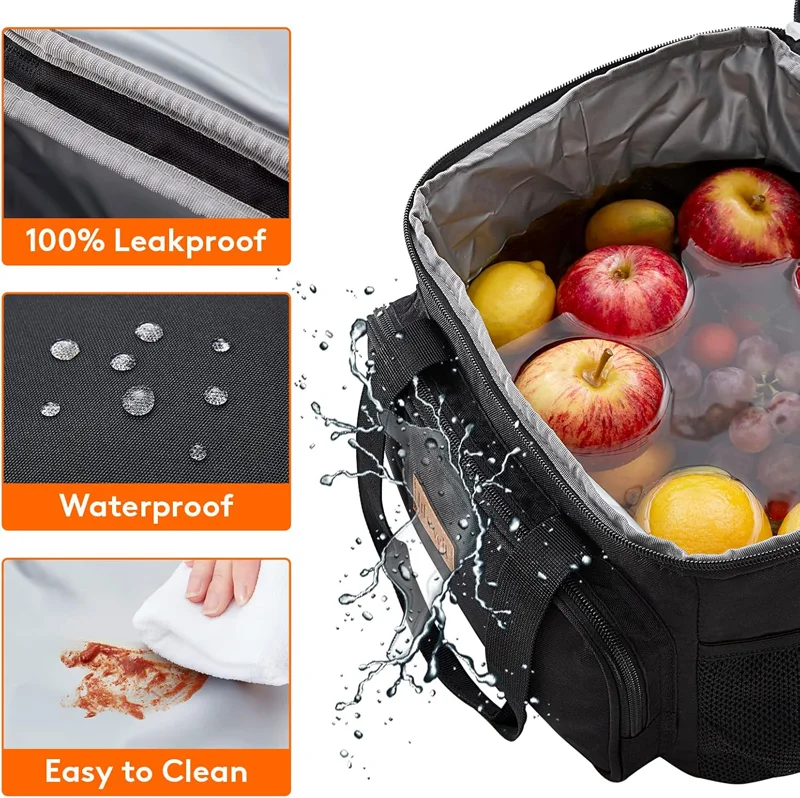
Stronger Materials Make Coolers Last Longer
High-quality cooler bags feature TPU-coated nylon or canvas shells, resistant to tears and abrasions. Leak-proof zippers prevent moisture seepage, while molded or reinforced bases protect from wear when placed on rough surfaces.
Durability Features Checklist
| Feature | Benefit |
|---|---|
| Tear-resistant shell | Prevents external puncture |
| Leak-proof zipper | Keeps water in, moisture out |
| Welded seams | Better water protection than sewn |
| Molded base | Improves insulation & structure |
| UV/chemical resistance | Withstands outdoor use |
These features make soft-sided bags more suitable for outdoor sports, camping, and commercial food transport. The balance between flexibility and strength is key to long-term usage.
Design for Portability and Use-Case
Cooler bags are now designed for specific user scenarios—hiking, tailgating, or food delivery.

Tailored Sizes and Ergonomics for Every Need
Cooler bags come in a wide size range, from compact sling bags to large totes. Lightweight insulation materials and smart layouts improve carry comfort without sacrificing cooling power.
Portability-Oriented Design Features
| Design Element | Advantage |
|---|---|
| Collapsible walls | Easier to store after use |
| Reinforced shoulder straps | More comfortable for long carry |
| Insulated base | Reduces cold loss through ground |
| External pockets | Storage for accessories or dry food |
| Clip-on bottle holders | Added hydration convenience |
For foodservice operators and outdoor retailers, these features make soft coolers ideal for both delivery and consumer resale. Models with removable liners allow easy cleaning, further improving usability.
Notable Brands and Models
Leading brands incorporate all the above technologies in premium models.
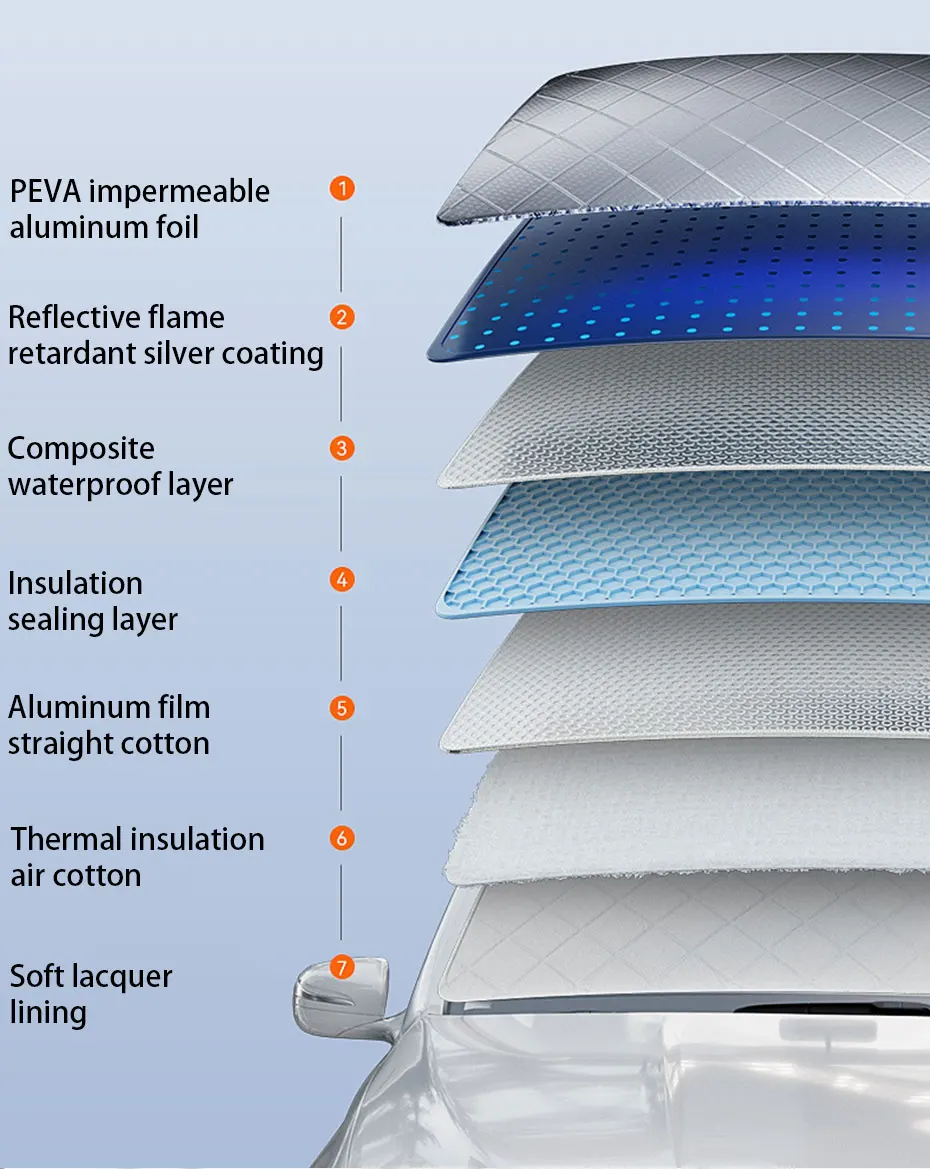
Top Performers in the Soft Cooler Market
Brands like YETI, RTIC, AO Coolers, and Engel consistently push innovation through premium materials4, user feedback, and field testing.
2025 Soft Cooler Innovation Highlights
| Brand | Model | Strength |
|---|---|---|
| YETI | Hopper M20 | Backpack design, 96-hour retention |
| RTIC | Soft Pack 20 Can | Excellent insulation, budget-friendly |
| AO Coolers | Canvas 24 Pack | Rugged exterior, leak-proof liner |
| Engel | HD30 Soft Cooler | Welded seams, hard-case durability |
Buyers should evaluate models based on duration needs, carry method, and budget. Some prioritize extreme retention, others focus on light carry weight.
Conclusion
Insulation innovation in soft-sided cooler bags2 has redefined what's possible in portable cooling. With foam upgrades, heat-reflective linings, and better sealing systems, these bags can now perform alongside hard coolers for many outdoor and professional uses.
From personal experience, choosing a model with thick insulation and a welded liner often pays off in both durability and ice retention. Try to match your use-case with the right balance of weight, size, and performance.
Which insulation feature matters most to you? Drop your thoughts in the comments and help others choose wisely.
-
Explore cutting-edge advancements in insulation technology that enhance cooler performance. ↩
-
Discover the advantages of soft-sided cooler bags over traditional hard coolers. ↩ ↩
-
Understand the properties of closed-cell foam and its impact on cooler performance. ↩
-
Explore the premium materials that elevate the performance of high-end cooler bags. ↩
